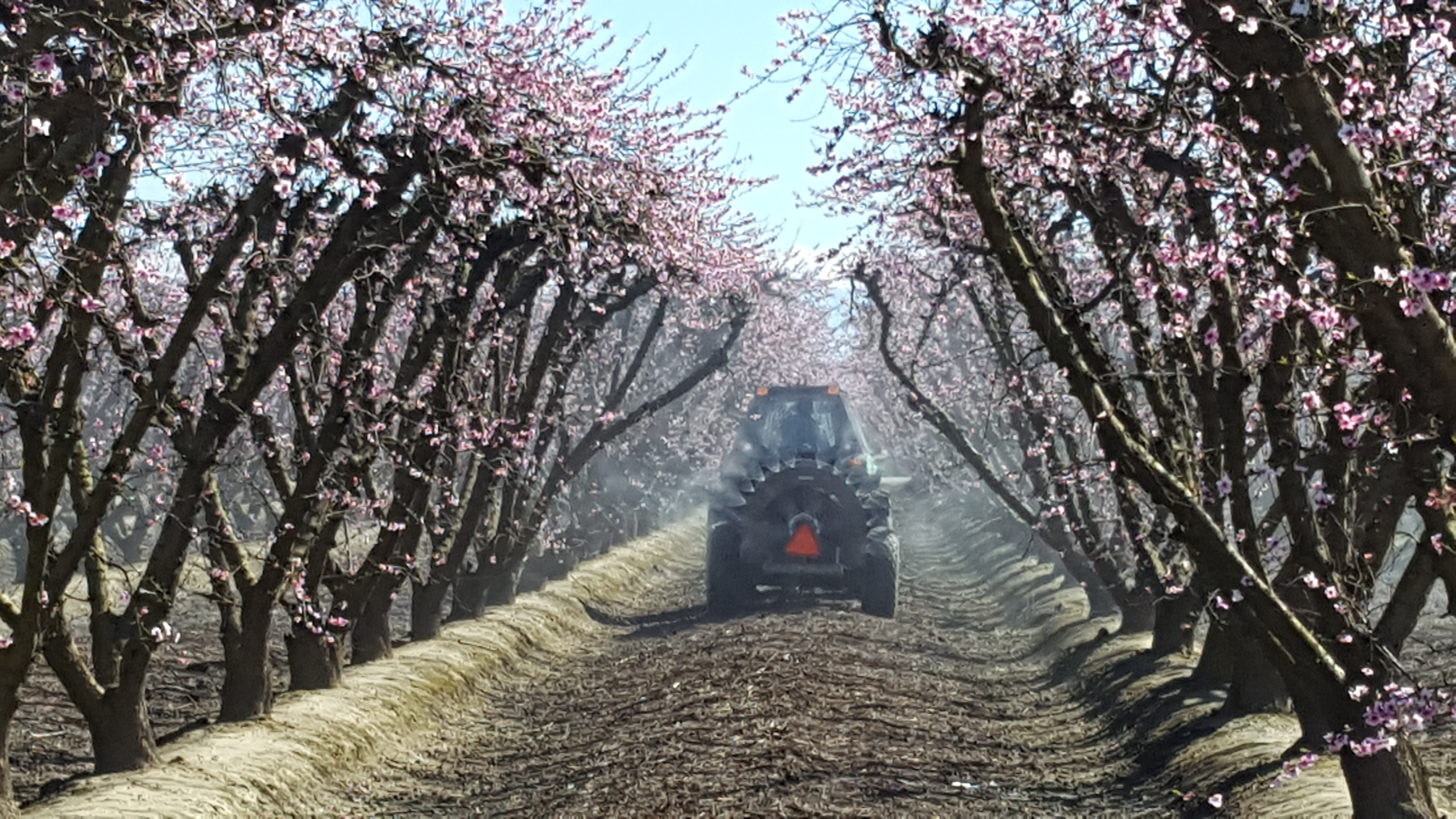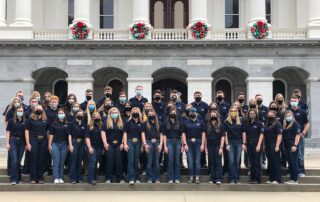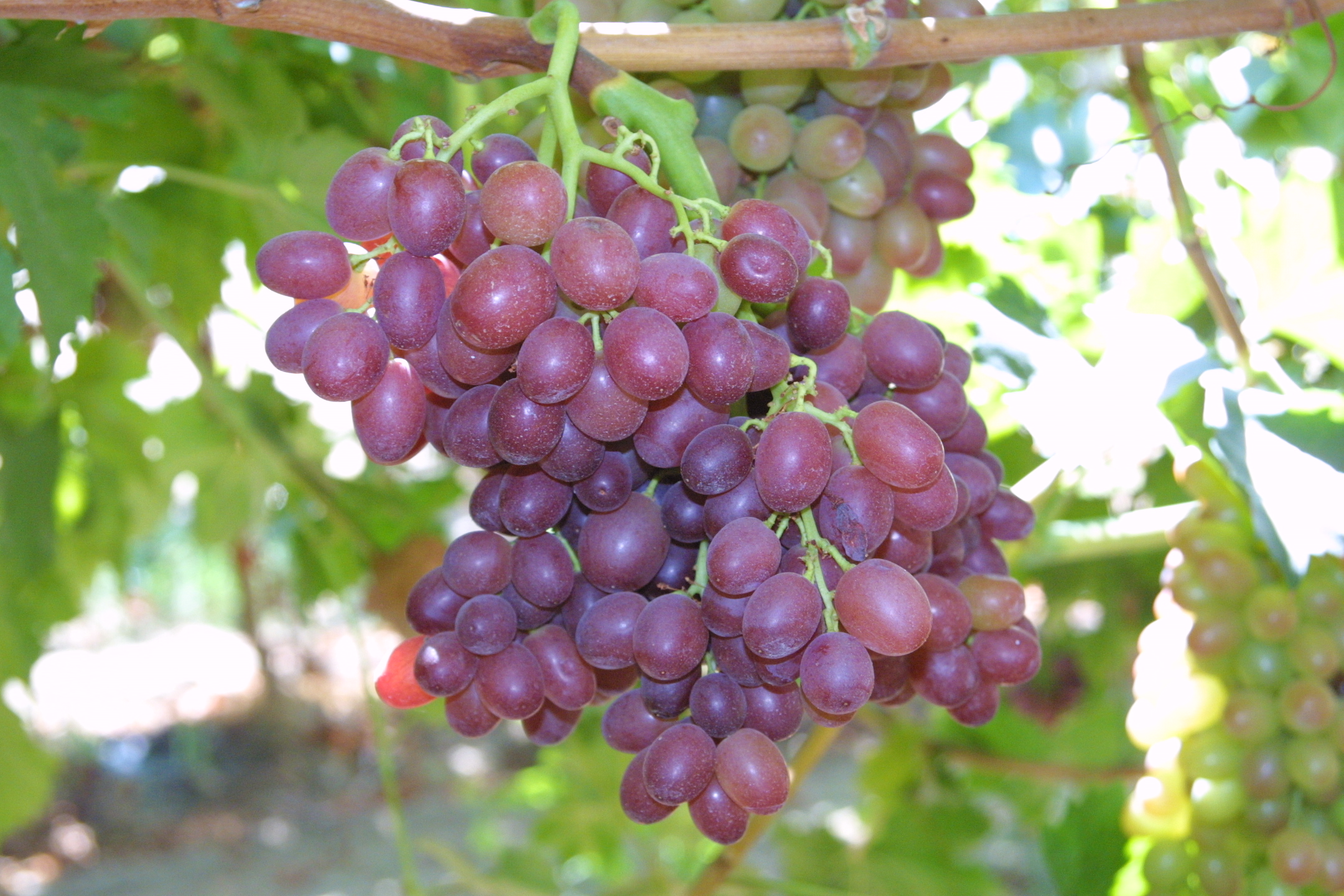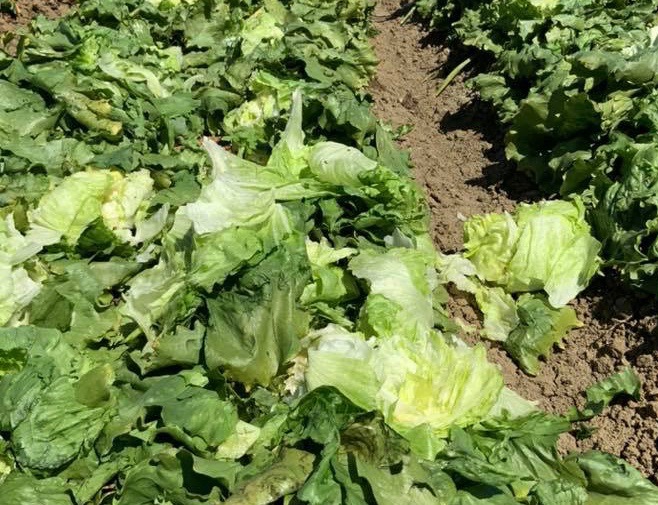EPA Looking At Pesticide AIs on Effect on ESA
EPA Announces Endangered Species Act Protection Policy for New Pesticides
The U.S. Environmental Protection Agency (EPA) is taking action to further the Agency’s compliance with the Endangered Species Act (ESA) when evaluating and registering new pesticide active ingredients (AIs).
Before EPA registers any new conventional AI, the Agency will evaluate the potential effects of the AI on federally threatened or endangered (listed) species, and their designated critical habitats, and initiate ESA consultation with the U.S. Fish and Wildlife Service and the National Marine Fisheries Service (the Services).
Prior to this action, there was a litany of resource-intensive litigation against EPA for registering new AIs prior to assessing potential effects on listed species. EPA’s new policy should reduce these types of cases against the Agency and improve the legal defensibility of new AIs, which often have lower human health and ecological risks than older pesticides.
Under this new approach, if EPA finds through its analyses that a new conventional pesticide AI is likely to adversely affect listed species or their designated critical habitats, EPA will initiate formal consultation with the Services before granting a new AI registration. As part of its analysis and under its existing authorities, EPA will consider the likelihood that the registration action may jeopardize the continued existence of listed species or adversely modify their designated critical habitat and provide its findings to the Services.
To determine or predict the potential effects of a pesticide on these species and habitats, EPA will use appropriate ecological assessment principles and apply what it has learned from past effects determinations and the Services’ biological opinions.
If EPA determines that jeopardy or adverse modification is likely, the Agency will only make a registration decision on the new AI after requiring registrants to implement mitigation measures that EPA determines would likely prevent jeopardy or adverse modification.
If EPA finds that a new AI is likely to adversely affect listed species or their critical habitat, but that jeopardy/adverse modification is not likely, it may nonetheless require registrants to include mitigation measures on their registration and product labeling to minimize the effects of incidental take to listed species that could result from use of a pesticide.




















